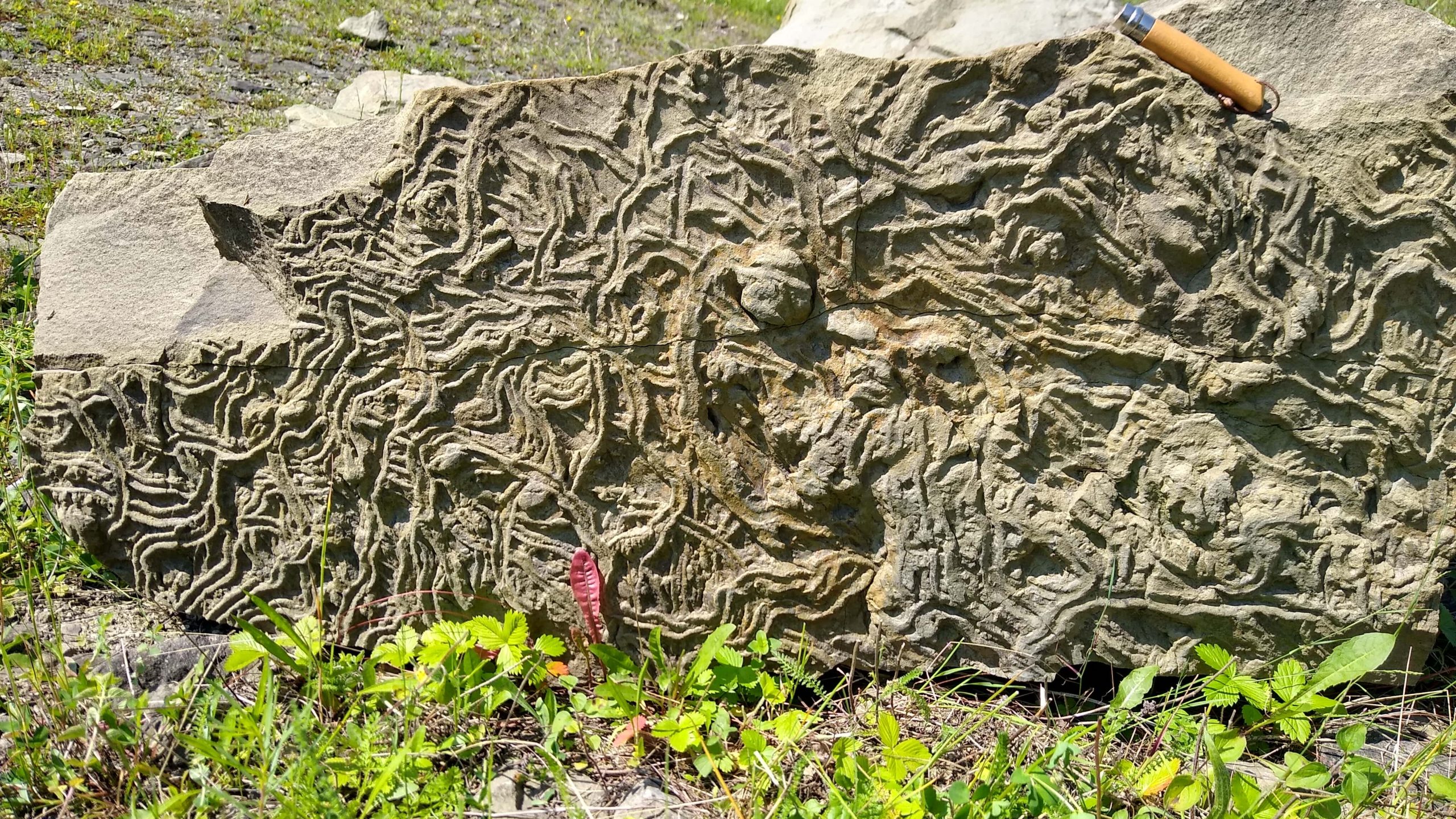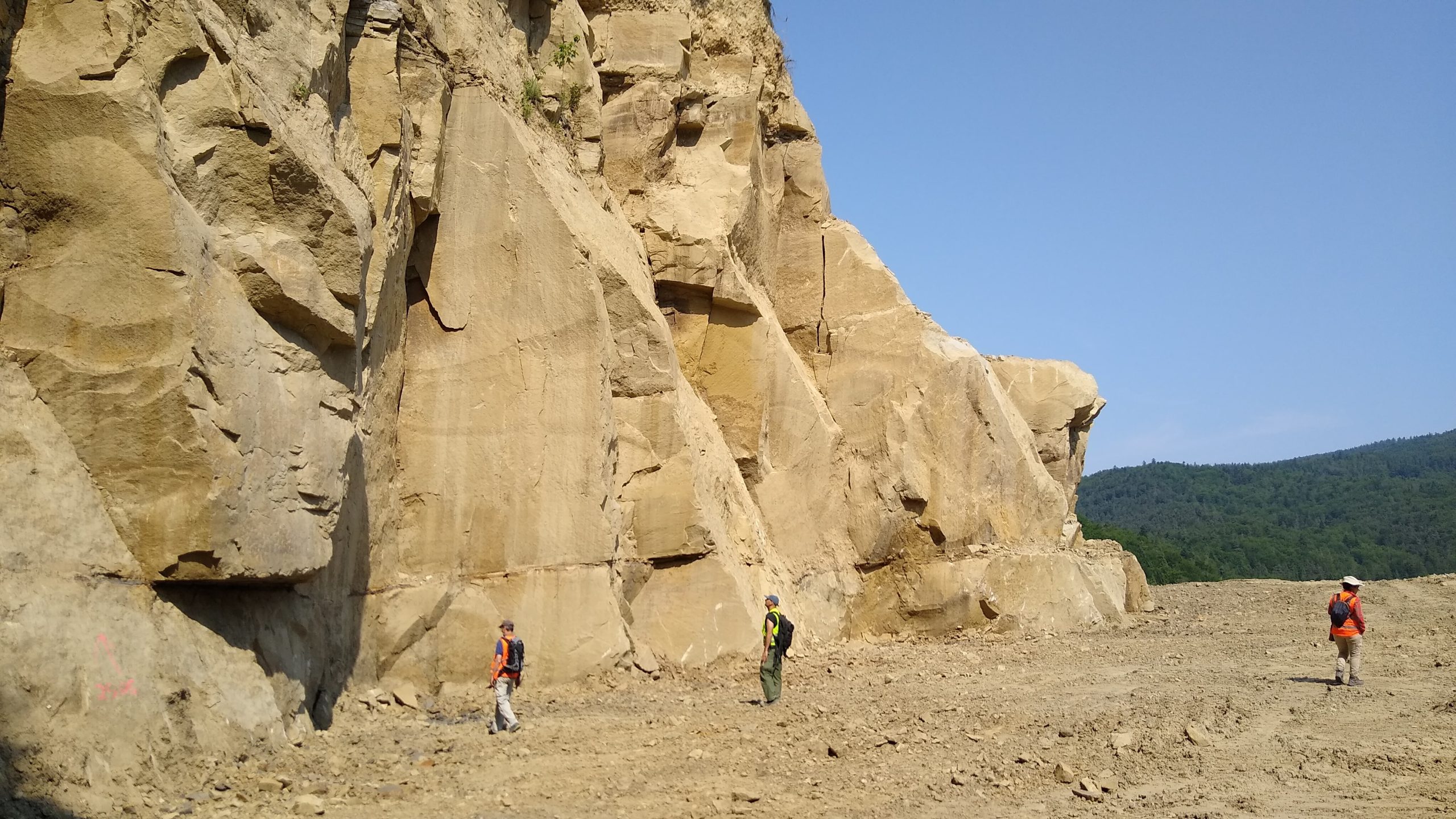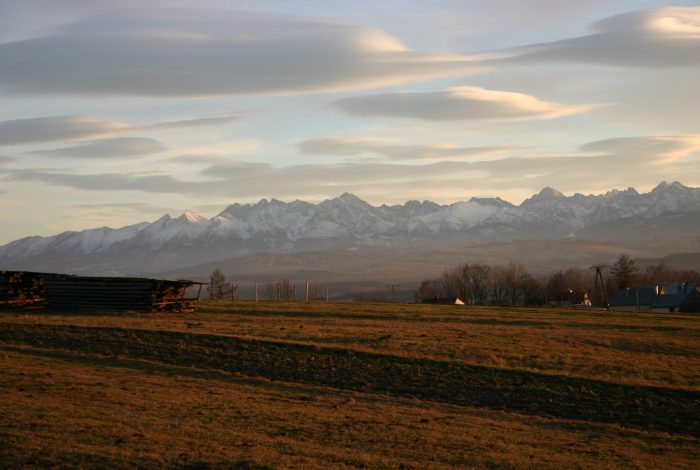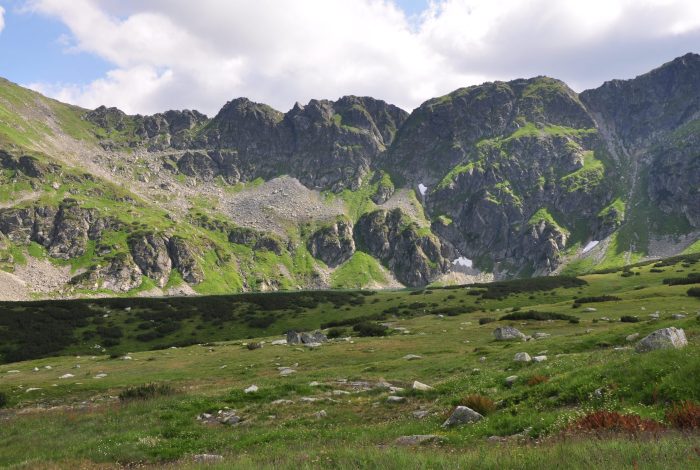The five-day field trip will be focused on the Mesozoic and Cenozoic development of the Outer (Flysch) and Inner (Pieniny Klippen Belt and Tatra Mountains) Carpathians in Polish, Czech and Slovak parts of this orogen.
OUTER CARPATHIANS
The first part of the field trip will provide an opportunity to examine the oldest deposits in the Outer Carpathians, i.e. Late Jurassic–Early Cretaceous in age, formed in the pre-compressional phase of the Carpathian orogenic system. These include black clayey or calcareous shales, pelagic limestones with allodapic calciturbidites, and related volcanics, including teschenitic pillow lavas (Early Cretaceous) related to the opening of the Outer Carpathian Basin. Then, rock exposures of a thick sequence of turbidite and debris flow deposits, interpreted as a marker of the extension to compression transition within the Carpathian Basin, will be examined. Visiting of active quarries will provide an opportunity to see the structural aspects of the Carpathian fold and thrust belt and discuss its structural evolution.
INNER CARPATHIANS – PIENINY KLIPPEN BELT
The Inner Carpathians will be examined in the second part of the field excursion. First, we will visit the Pieniny Klippen Belt – a highly complex tectonic zone of the Carpathians that includes diverse sedimentary successions from condensed carbonates of the submarine Czorsztyn Ridge to deep marine basinal radiolarites. During a two-day stay in this area, the classical sections will be shown, including the succession deposited on the intraoceanic submarine swell: from Bajocian crinoidal limestones, through Ammonitco-Rosso type deposits of the uppermost Bajocian to Tithonian, up to overlying Calpionella-bearing limestones. Outcrops of the transitional Niedzica Succession (red radiolarites overlain by Ammonitico-Rosso deposits), and the basinal Branisko Succession (Middle Jurassic spotted limestones and crinoidal cherty limestones, Middle-Upper Jurassic radiolarites, and Upper Jurassic-Lower Cretaceous Maiolica-type limestones) will give an idea of lateral trends in the facies development of the Pieniny realm. Rafting along the Dunajec River Gorge will provide an opportunity to see spectacular outcrops of the Upper Jurassic-Early Cretaceous limestones (see: https://flisacy.pl/).
INNER CARPATHIANS – TATRA MOUNTAINS
The destination of the last day of the field trip will be the Tatra Mountains. They are the highest mountain range of the Carpathians, located in their western part and drained by the Dunajec River with tributaries flowing to the Baltic Sea and Vah River with tributaries flowing to the Black Sea. The mountains extends 78 km along the Polish-Slovak border. The total area of the range is 785 sq. km, with 175 sq. km lying in Poland and the rest in Slovakia. There are thirty-four summits with a prominence of at least 140 m in the range that reach over 2000 m. Of these six reach 2500 m. The highest peak in the range Gerlach (Gerlachovsky stit) (2655 m), is in Slovakia.
This mountains form a relatively high elevated asymmetric horst tilted northward, cut off from the south by a major Neogene-Quaternary normal fault and surrounded by sediments the Central Carpathian Palaeogene. The crystalline core form central and southern part of the Tatra Mts. Western, northern and north eastern parts are covered by autochtonous Mesozoic rocks and several allochtonous thrust sheets and small nappes. All these units are discordantly covered with a post-nappe transgressive succession of the Central Carpathian Palaeogene Basin.





































